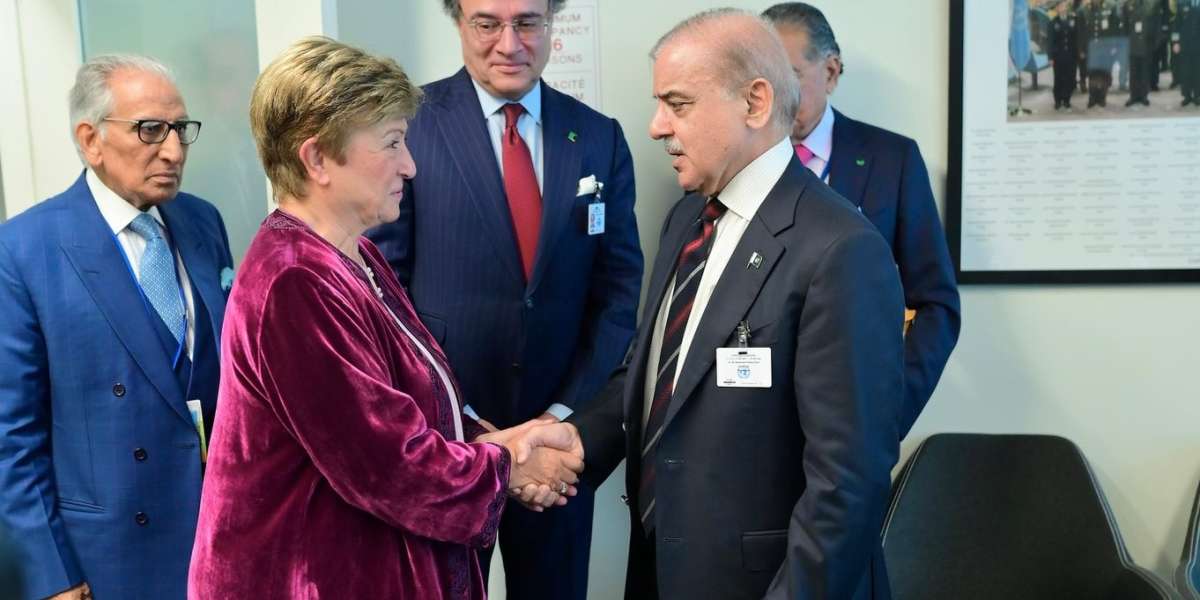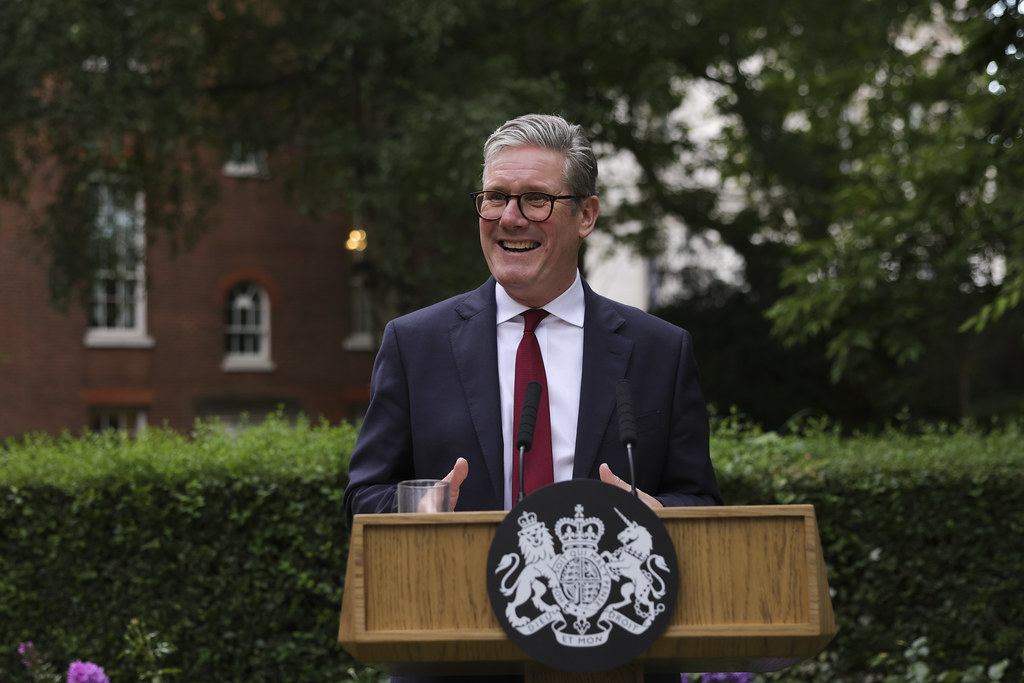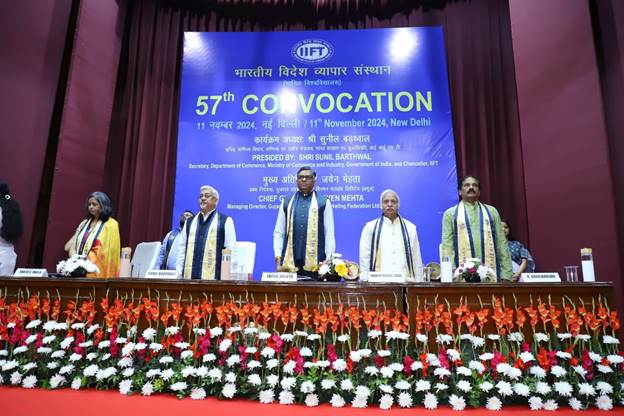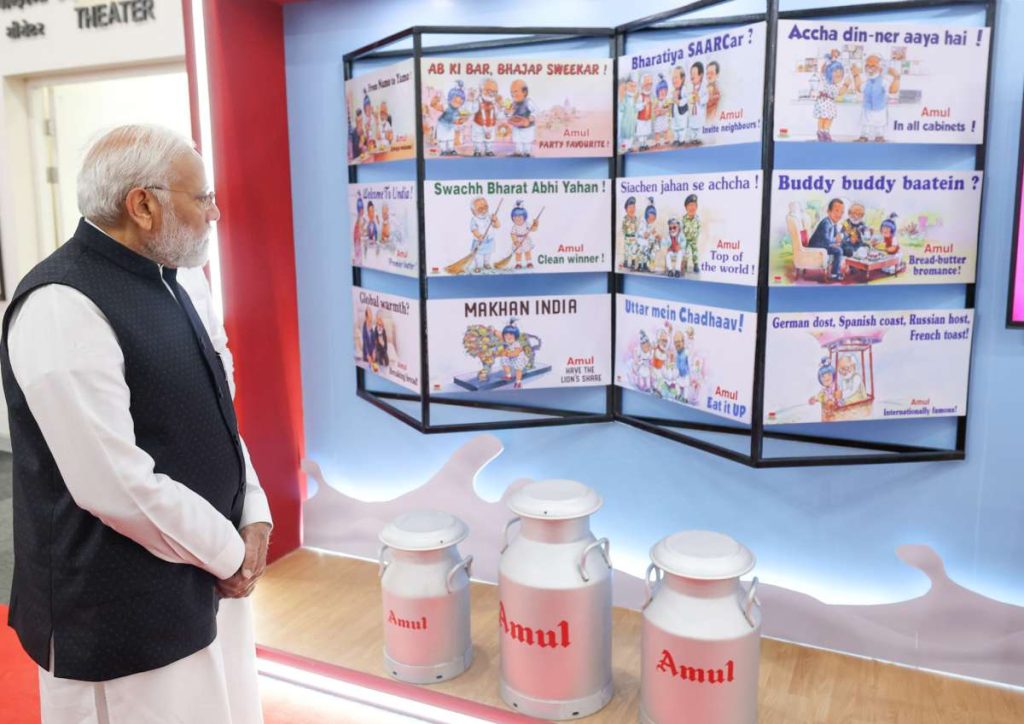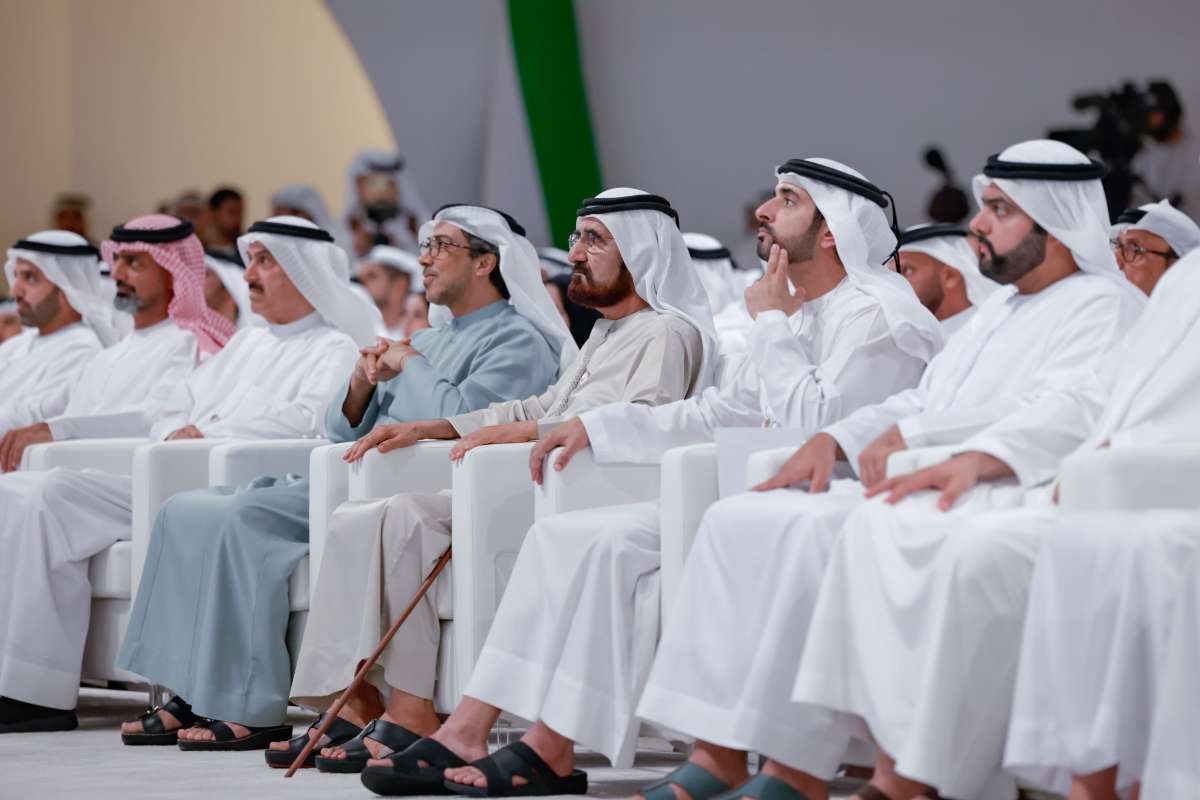The International Monetary Fund sees the switch happening in 2025. S&P Global Ratings is looking at 2030 for the two countries to swap places…reports Asian Lite News
India’s gross domestic product could soon become larger than Japan’s, making it the world’s fourth-largest economy, according to a Japanese media report on Thursday.
The article, published in Japan Times, is based on discussions with some economists from Japan including Marcel Thieliant, head of Asia-Pacific for Capital Economics.
“Based on our existing forecasts, we had expected India to overtake Japan in 2026. The forecasts are currently being reviewed in light of recent events,” the news item cited Thieliant as saying.
The International Monetary Fund sees the switch happening in 2025. S&P Global Ratings is looking at 2030 for the two countries to swap places, the article states.
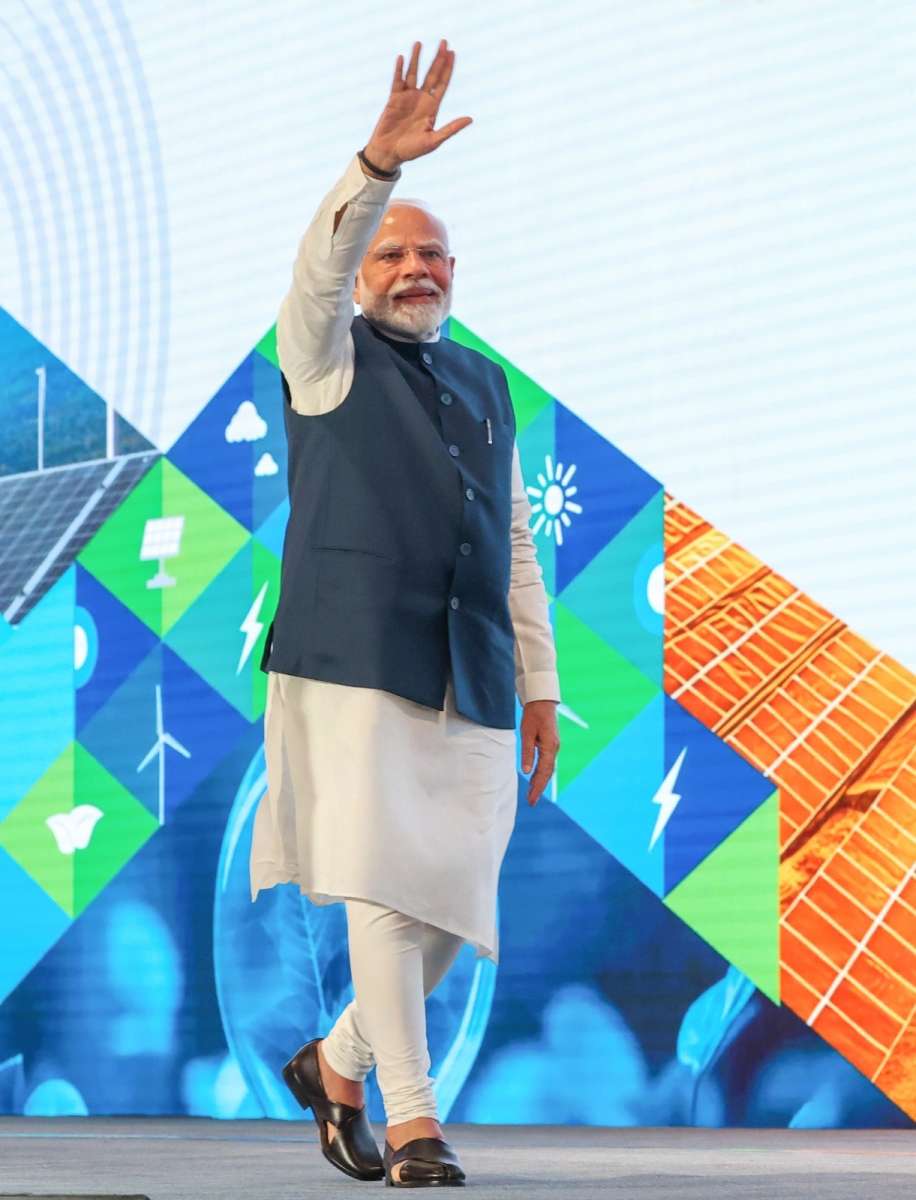
According to economists, the factors that are working in India’s favour is that the country has steadily climbed in terms of economic potential since around 2000 and its GDP has already surpassed that of the UK in 2022. India now trades with 27 countries using its rupee instead of the dollar, highlighting its expanding influence in global trade. The country also accounts for 46 per cent of global digital transactions. India’s population growth and young demographics are the key drivers to economic expansion that remains indisputable.
The IMF predicts India’s nominal GDP is projected to hit $4.339 trillion by 2025, surpassing Japan’s $4.310 trillion. This outlook underscores India’s strong growth trajectory, marking a significant lead over Japan.
Economists point out that Japan, on the other hand, has been consistently grappling with recurring recessions and decades-long deflation. Japan’s woes are exacerbated by its ageing population and low productivity across sectors. A weakened yen also significantly impacts the far-eastern country’s standing in these rankings. Besides, structural reforms have failed in Japan due to resistance to change and digitalisation. Long-standing employees often favour traditional methods over new approaches.
In 2023, Japan’s growth lagged at 1.9 per cent after decades of stagnation. IMF projects it to be just 0.3 per cent growth in 2024. The economies of China and Germany have already surpassed Japan, which had held the 2nd undisputed global rank till 2010.
India’s influence in multilateral diplomacy, and global and regional security in the last decade is an indication of the nation’s trajectory as an economic force. India has also surpassed Japan to become 3rd largest power in Asia power index reflecting its increasing geopolitical stature. “India is outshining its advanced peers in terms of economic capability, military capability, and diplomatic influence. What is heartening is that the county is almost set to surge past Japan to claim the fourth spot globally, defying the timelines of global projections by multilateral agencies with its rapid growth,” a senior official remarked.
Exports target
India’s exports surged by over 19 per cent in October. As per the Ministry of Commerce and Industry, data merchandise exports were up by over 17 per cent while services exports were up by over 21 per cent.
Commerce Secretary Sunil Barthwal was upbeat on the trade data and said, “It has been an extremely good month for us, and not only our overall export progress has been extremely good, but if you look at April to October, this has been the highest ever non-petroleum exports from this country ever. So we have broken all the records.”
In India’s trade history, from April to October this is the highest so far. Between April and October 2024, India’s total export stands at around USD 468.27 billion, up 7.28 per cent year-on-year.
On USD 800 billion for FY25, Commerce Secretary, said, “I hope that if we continue in this manner, then definitely, we are going to cross more than USD 800 billion of our exports in this year, and we will break the records.”
The Commerce Secretary said that the government’s strategy to focus on exports has yielded results.
“Our strategy of focusing on, certain sectors, our strategy of focusing on certain countries, is perhaps now yielding results. It is also that our manufacturing competitiveness, which is coming because of our focus on PLI is now yielding results” said Barthwal.
Government focus on key sectors like manufacturing, engineering, textile etc has helped in boosting exports.
He said, “Engineering goods exports have increased by more than 39 per cent, electronic goods export have increased by more than 45 per cent, organic and inorganic chemical exports have increased by more than 27 per cent and thankfully now, because of the export controls which we had in view of the food security on rice, rice exports have also increased by more than 85 per cent.”
He added, “The best part is that if you look at our labour-intensive exports, particularly readymade garments, of textile they have also increased by more than 35 per cent. So all our focus sectors are doing extremely well.”
However, the trade deficit too widened from USD 60.02 billion to USD 63.24 billion in 2024-25 which remains a concern for the government. The overall trade deficit has lowered from USD 121.6 billion in 2022-23 to USD 75.6 billion in 2023-24.
ALSO READ: India Rallies Support for Flood-Hit Nigeria


